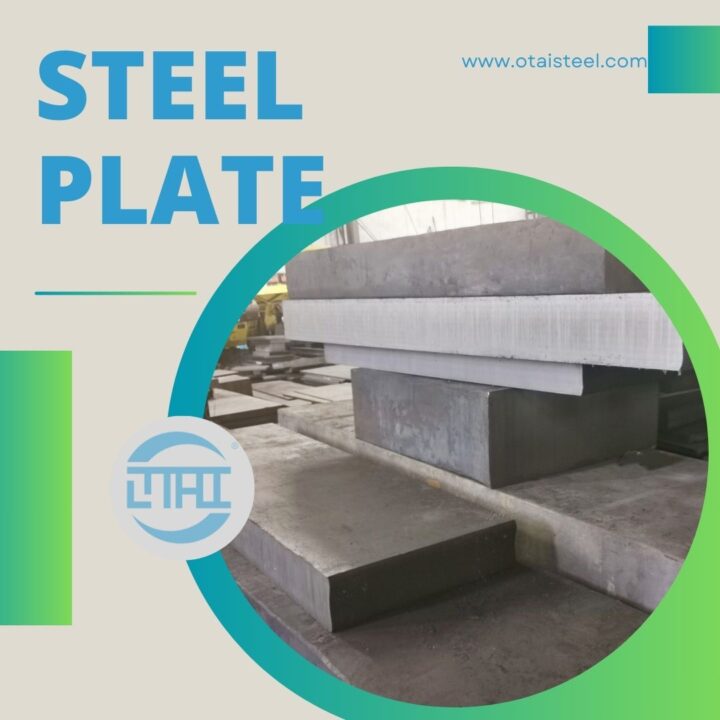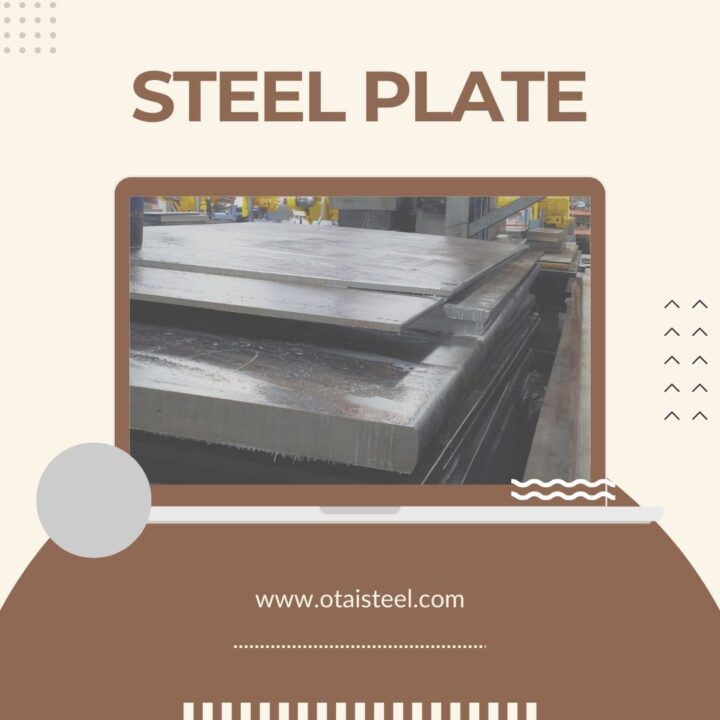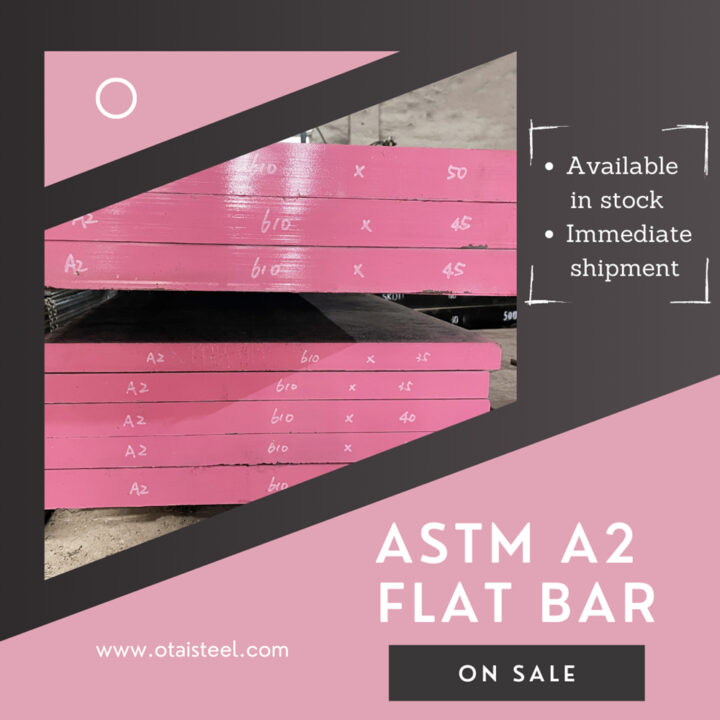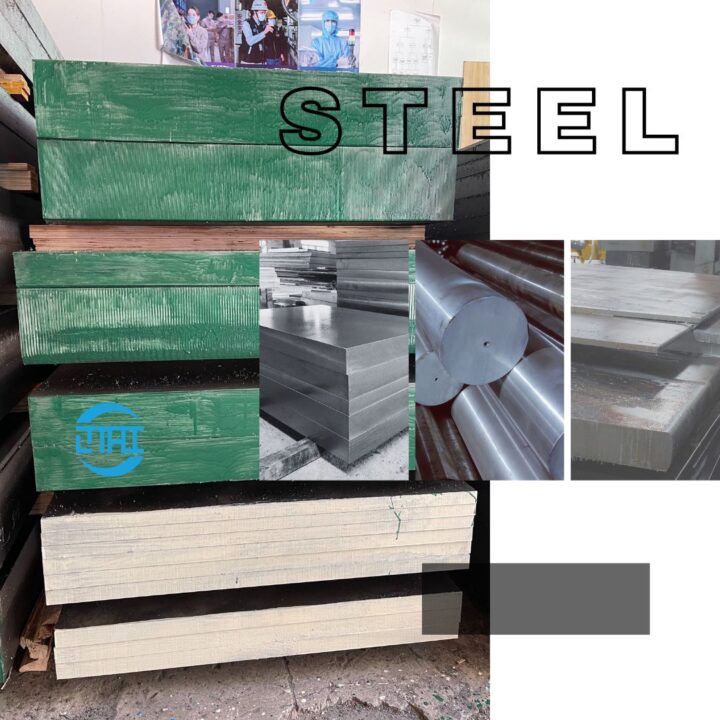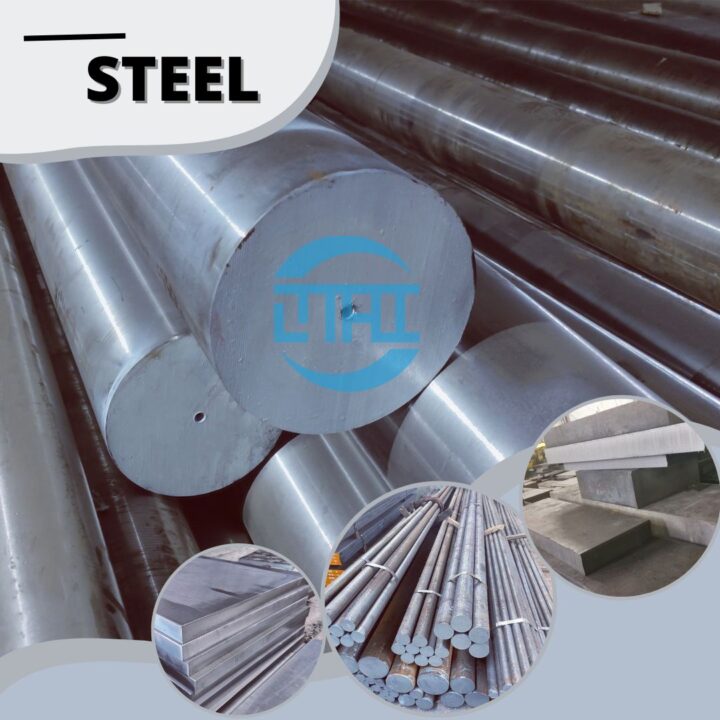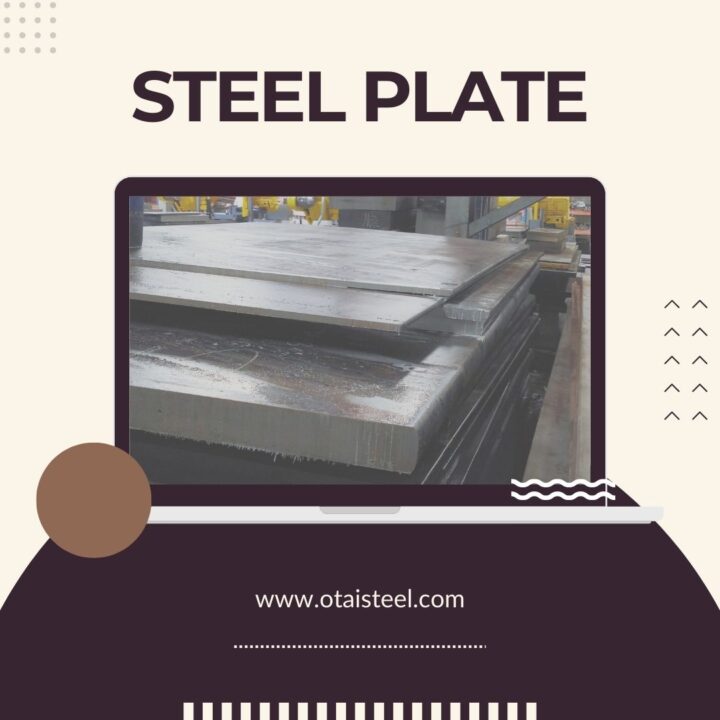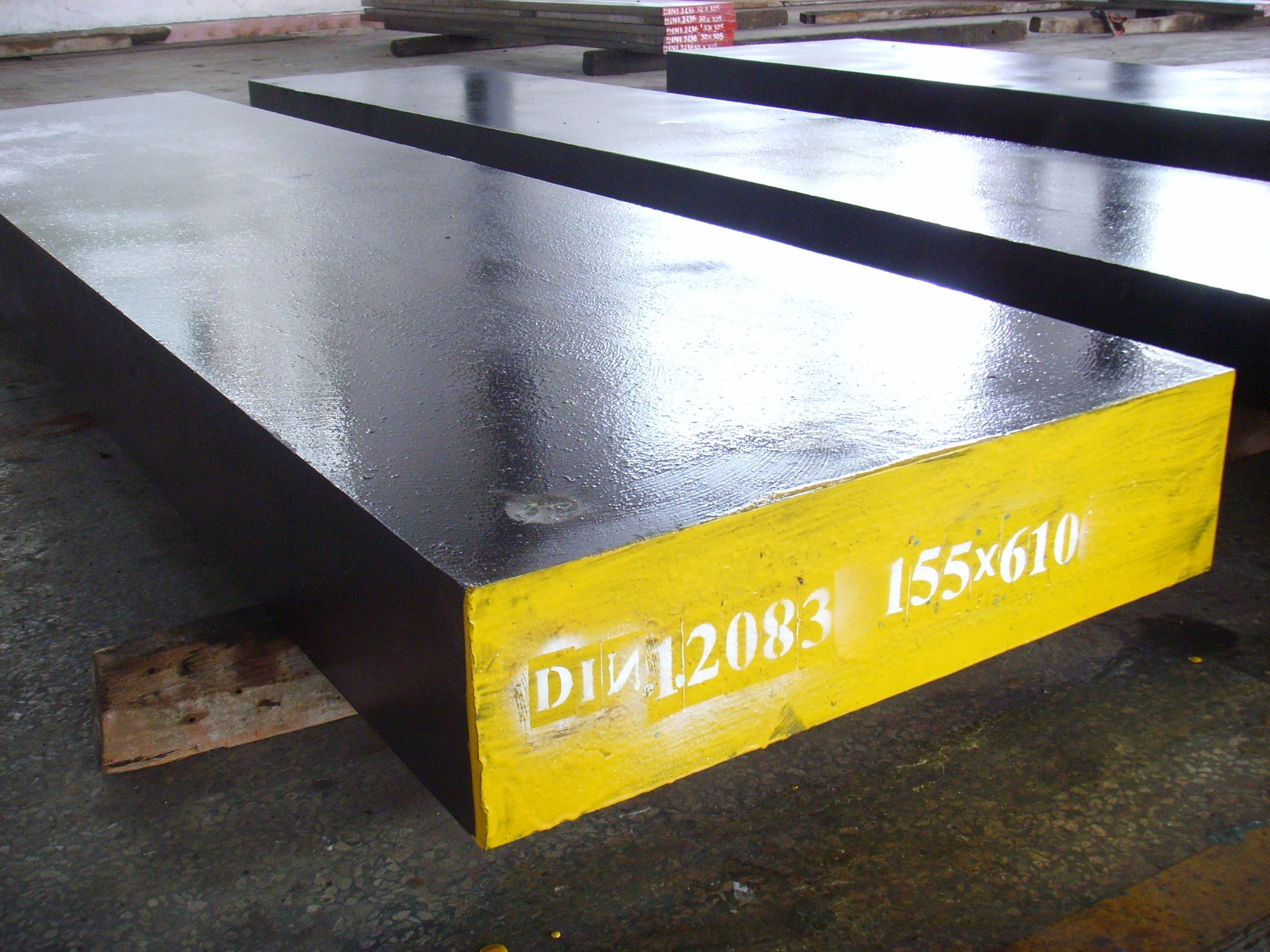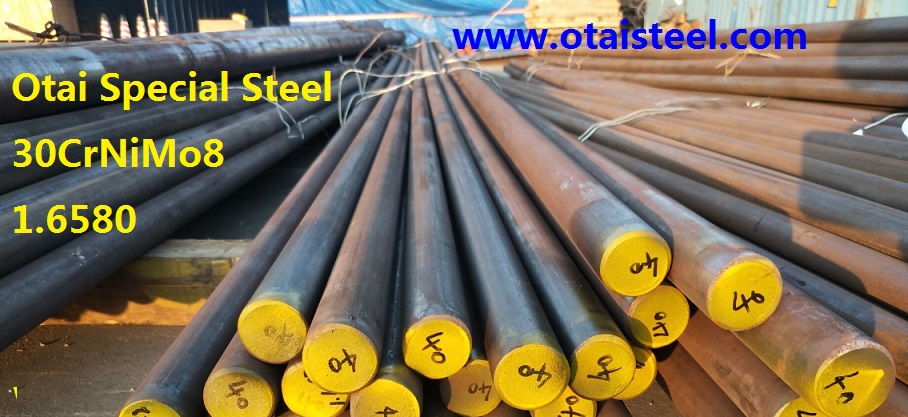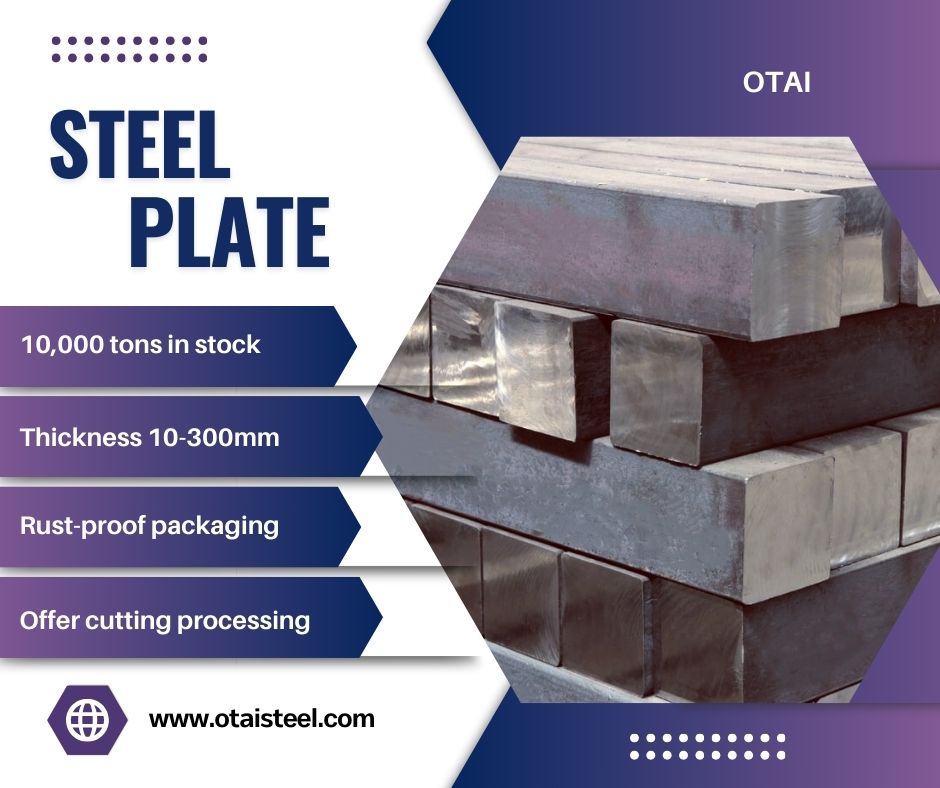 a2 material hardness: Meets Performance
a2 material hardness: Meets Performance
Introduction
Hardness is a crucial determinant of a material’s suitability across various industrial applications. A2 alloy steel, renowned for its exceptional hardness, particularly stands out in manufacturing and tool making. This article explores the significance of A2 material hardness, its impact on performance, and its role in enabling superior industrial applications.
Understanding A2 Material Hardness
A2 alloy steel is celebrated for its high hardness, achieved through its unique chemical composition and precise heat treatment processes. The combination of elevated carbon and chromium content enables A2 steel to achieve Rockwell hardness levels of up to 65 HRC. This superior hardness is pivotal in applications where durability and resistance to wear are paramount.
Heat Treatment and Hardness
The process of heat treatment significantly influences A2 steel’s hardness. Quenching and tempering are critical stages where A2 steel attains its maximum hardness. Quenching involves rapid cooling to lock in hardness, while tempering reduces brittleness and enhances toughness. Mastery of these heat treatment techniques is essential for maximizing the performance of A2 steel in demanding applications.
Wear Resistance and A2 Steel
A2 steel’s exceptional hardness directly translates into superior wear resistance. Industries such as automotive, aerospace, and heavy machinery benefit greatly from A2 steel’s ability to withstand continuous friction and stress. This property minimizes component wear, extends operational lifespans, and reduces maintenance costs and downtime.
Applications in Manufacturing
Manufacturing sectors rely on robust materials that can endure rigorous production environments. A2 steel’s hardness makes it an ideal choice for manufacturing precision components like gears, bearings, and dies. Its resistance to deformation under pressure ensures consistent performance and reliability in final products, thereby enhancing overall manufacturing efficiency.
Hardness Testing and Quality Assurance
Accurate hardness testing is crucial for verifying the performance of A2 steel. Methods such as Rockwell, Brinell, and Vickers tests provide essential metrics for assessing material hardness and ensuring compliance with stringent specifications. These tests are integral to maintaining high standards of quality in industrial applications.
Case Studies
Consider a prominent automotive manufacturer that selected A2 steel for transmission gears. The high hardness of A2 steel enabled these gears to withstand the torque and stress of engine operations, significantly reducing failure rates and enhancing vehicle reliability.
In another case, a tool-making company transitioned to A2 steel for their dies. The exceptional hardness of A2 steel allowed the dies to maintain sharpness over extended periods, reducing the need for frequent sharpening and increasing tool lifespan. This improvement not only enhanced product quality but also lowered production costs.
a2 material hardness: Meets Performance
In conclusion, the remarkable hardness of A2 material distinguishes it as a premier choice in industrial applications. Its capability to offer exceptional wear resistance and maintain structural integrity under stress underscores its invaluable role in manufacturing and tool making. As industries evolve, the demand for high-hardness materials like A2 steel will continue to rise. Leveraging the hardness characteristics of A2 steel unlocks new possibilities for achieving superior performance and durability in diverse industrial settings.
